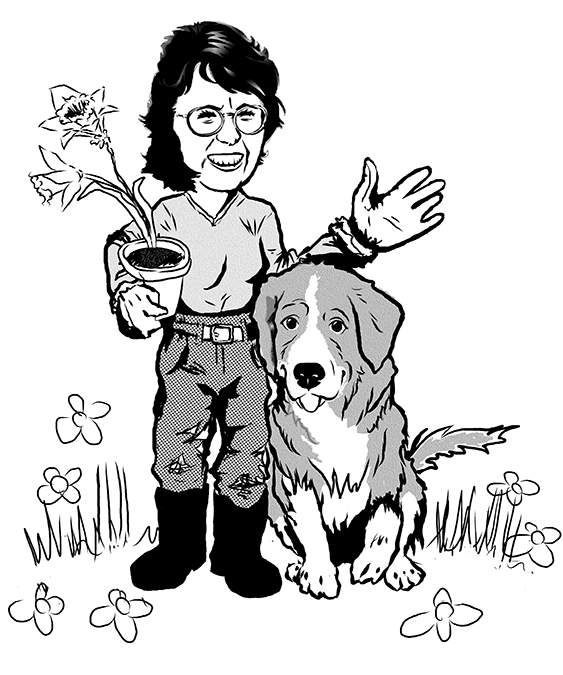by Leslie Cox; Wednesday; January 11, 2017
 Ever notice how rhododendron leaves droop drastically and curl when the temperatures dip on the thermometer? This response is a nastic movement allowing the plant to adapt quickly to changes in its environment.
Ever notice how rhododendron leaves droop drastically and curl when the temperatures dip on the thermometer? This response is a nastic movement allowing the plant to adapt quickly to changes in its environment.
In rhododendrons, the leaves respond to a total of three external stimuli: extreme heat, extreme cold and lack of water during drought.
In the first two instances, the response is called “thermonasty”…as in “thermo-s” being “nasty”. (Sorry. Couldn’t resist.) When the leaves droop and curl in response to a lack of adequate water during severe droughts, the response is called “hydronasty”.
 This is the plant’s defense mechanism against membrane damage to its extenuating parts during periods of extreme stress.
This is the plant’s defense mechanism against membrane damage to its extenuating parts during periods of extreme stress.
A thermonastic response of rhododendron leaves to cold exposure begins to happen when temperatures dip to 5 °C (40 °F) and lower. The lower the temperatures, the tighter the leaves will curl until they look like a hanging bunch of green string beans at temperatures below -5 °C (25 °F).
However, not all rhododendrons exhibit this drooping and leaf curling during extreme temperatures. Those which do not exhibit thermonastic behaviour seem to be all specialty bred cultivars where the trait has somehow been interrupted in the breeding process.
Glossary:
thermonasty (thur-MOE-nas-tee):
noun – a nastic movement in plant organs in response to changes in temperature
adj – thermonastic
hydronasty (hi-DRO-nas-tee):
noun – a nastic movement in plant organs in response to changes in atmospheric humidity
adj – hydronastic
